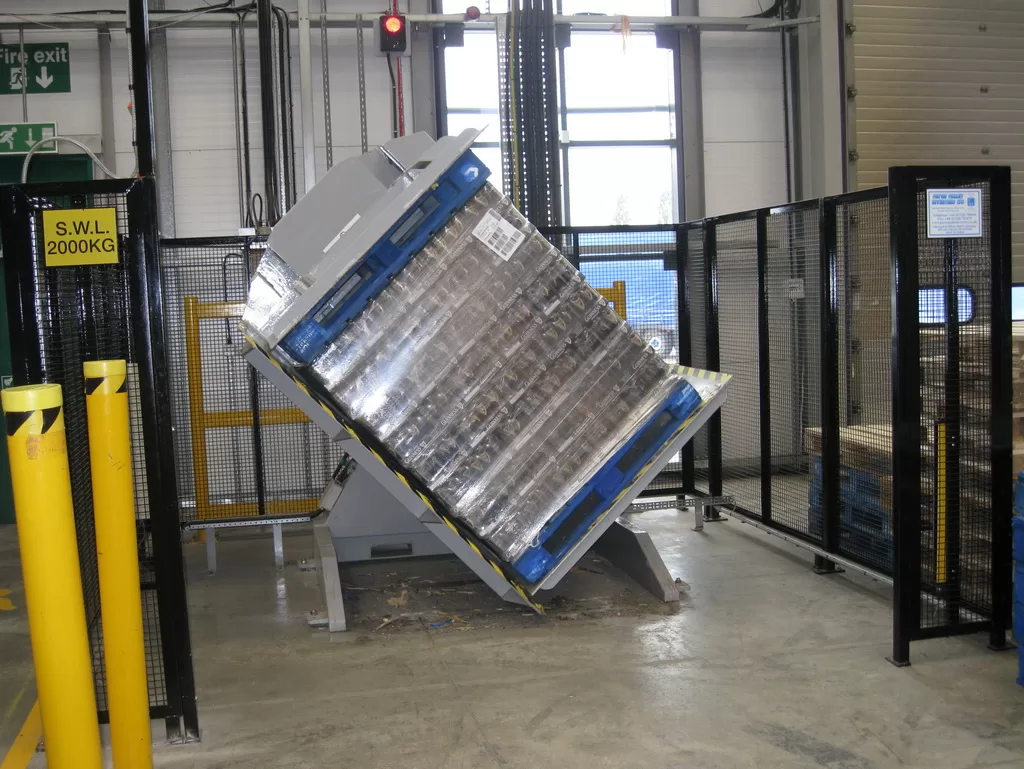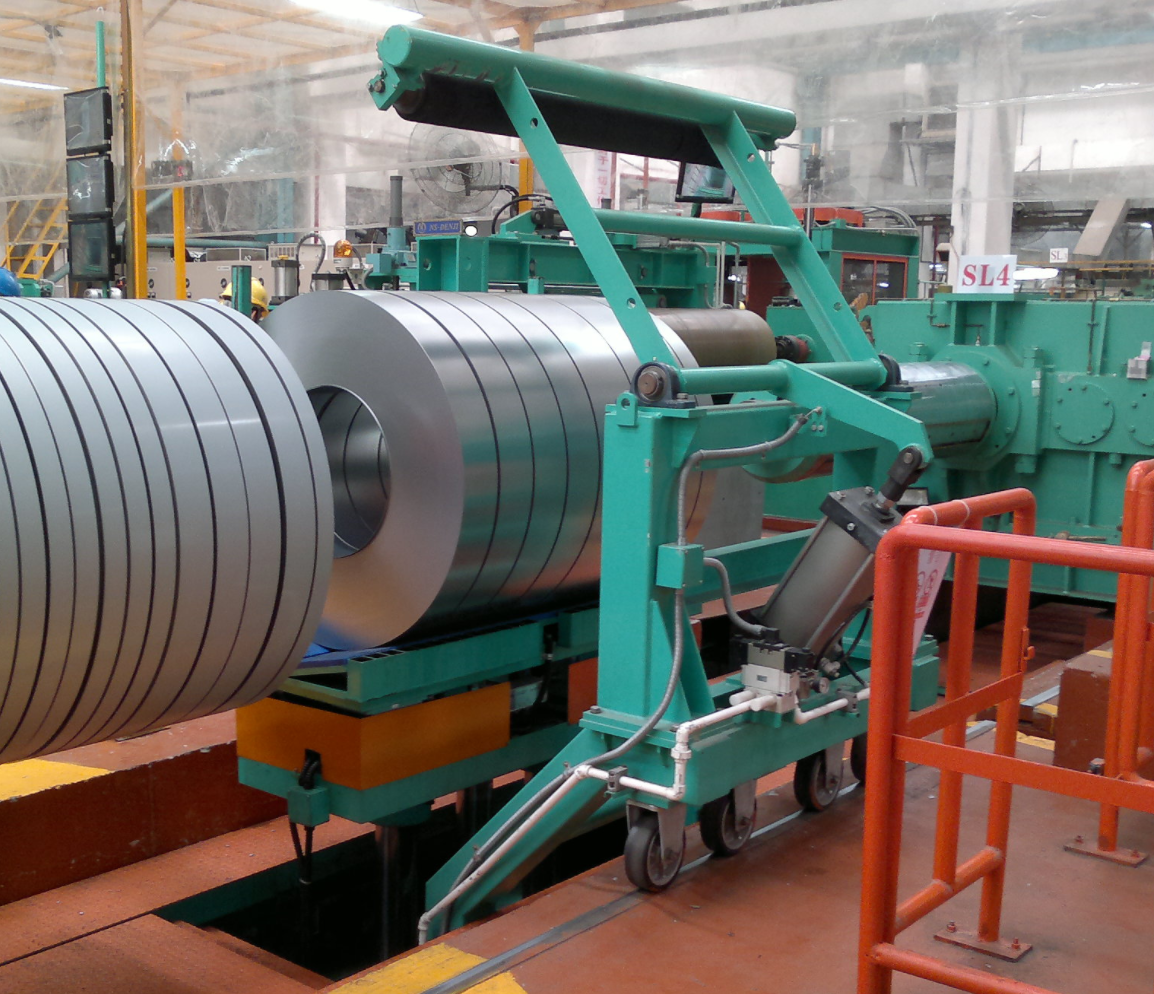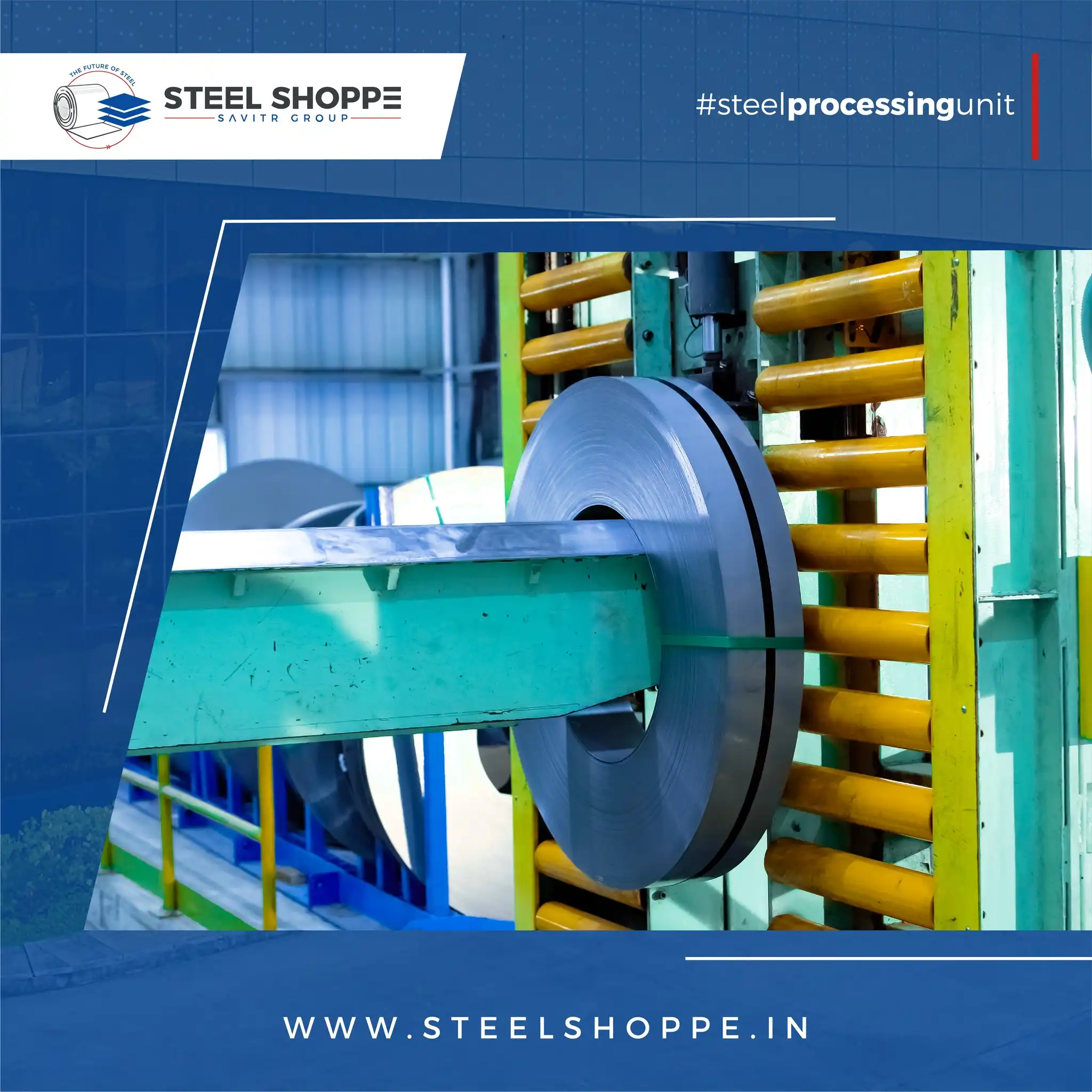Conforming to OSHA standards is not just a regulatory checkbox; it’s a crucial part of maintaining safety and efficiency in your factory operations.
Choosing the safest coil upender involves evaluating stability, safety features, and compatibility with OSHA guidelines to ensure a secure and efficient workspace. This minimizes risks and enhances productivity.

To effectively choose the safest coil upender, understanding the implications of OSHA compliance is essential. Let’s explore why following these guidelines matters so much in your decision-making process.
1. Why is OSHA compliance crucial when choosing a coil upender?
Ignoring OSHA standards may lead to severe workplace accidents and legal issues, which can be costly and damaging to the business.
Adhering to OSHA compliance not only ensures the safety and well-being of employees but also protects the company from potential legal liabilities. Safe operations lead to improved work efficiency and employee morale.
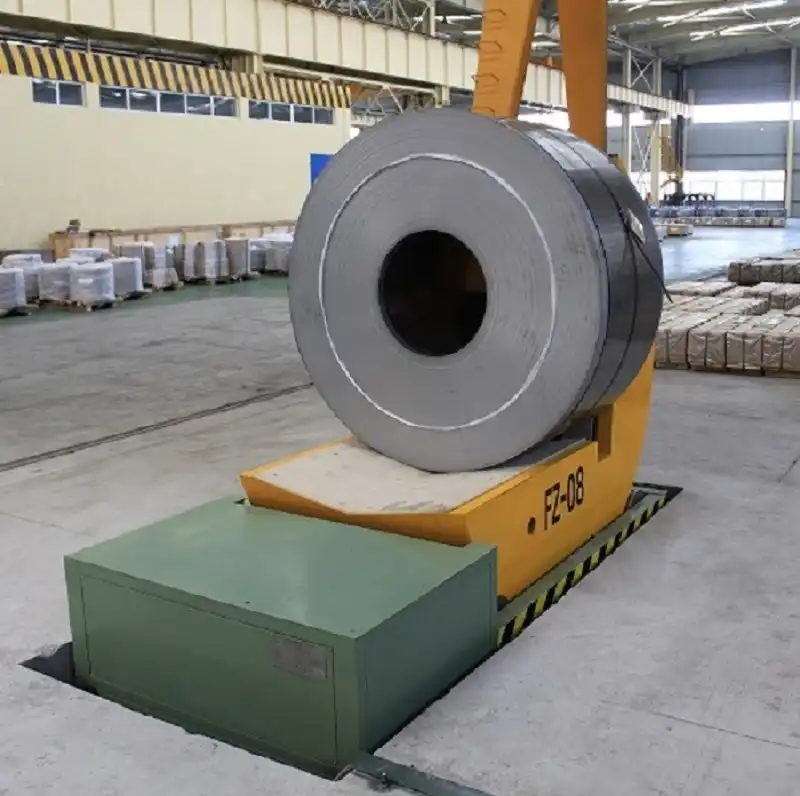
Understanding OSHA Standards
To appreciate the importance of OSHA compliance when choosing a coil upender, let’s delve deeper into the specific standards and their real-world implications. OSHA has established regulations aimed at limiting worker exposure to hazards and ensuring the safety and health of workers.
-
Machine Safeguarding
OSHA requires that machinery be outfitted with safety guards to prevent injuries. When selecting a coil upender, it is important to evaluate its guard systems. These should prevent access to parts that could cause injury. -
Ergonomics and Worker Safety
OSHA emphasizes designing workstations that limit workers’ exposure to repetitive strain and injury risks. A well-designed coil upender must facilitate easier handling operations to minimize strain. -
Regular Maintenance Protocols
Compliance includes ensuring that machines are subject to regular inspections and maintenance. Selecting a coil upender that requires minimal maintenance and conforms to scheduled upkeep can enhance operational efficiency.
Let me share a personal anecdote: At FHOPEPACK, we implemented an innovative design strategy where employee feedback was integral. Regular workshops allowed us, the engineers, to interact with operators, getting first-hand accounts of the challenges they face. Such interactions guided us to innovate safety features in our equipment that align with OSHA standards.
Implementing OSHA guidelines isn’t just about avoiding fines; it gives a framework for developing robust safety measures. It also contributes to a culture of safety, which reflects in increased productivity and employee satisfaction.
Compliance is a driving force for progress in industrial settings, and it offers competitive advantages for companies keen on building their brand reputation for excellence and responsibility. Opt for coil upenders that go beyond minimal compliance; invest in robust safety features that can proactively prevent accidents. Through a holistic approach to safety, companies like FHOPEPACK lead the way in innovation and worker satisfaction.
2. What safety features should you look for in a coil upender?
Coil handling can be tricky and dangerous without the right equipment. Ensuring safety is the top priority for any operation looking to use a coil upender effectively and securely.
When choosing a coil upender, ensure it has features like emergency stop functions, safety enclosures, and load stability mechanisms to ensure the safe handling of heavy coils. These features help prevent accidents and injuries.
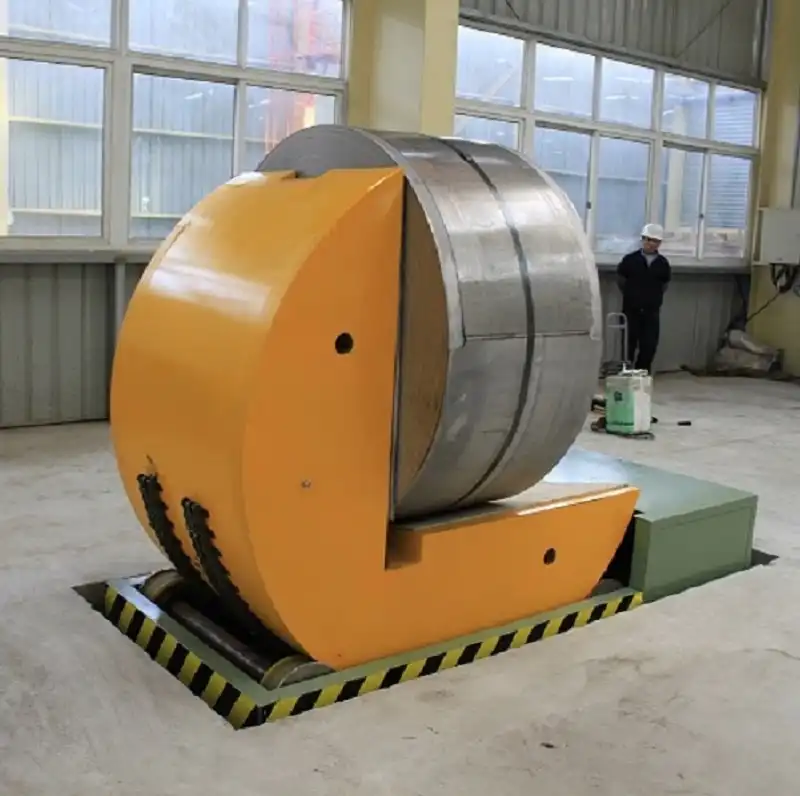
Key Safety Features that Protect Operations
When considering a coil upender, it’s important to focus on its safety features. A well-equipped machine can safeguard employees and enhance operational efficiency. Let’s explore some key safety aspects:
| Safety Feature | Importance | Example Benefits |
|---|---|---|
| Emergency Stop Button | Allows immediate cessation of operations | Prevents accidents during emergencies |
| Safety Enclosures | Protects workers from the moving parts of the upender | Reduces the risk of injury during operation |
| Load Stability Mechanism | Maintains balance of heavy loads | Prevents coils from slipping during the flip |
| Lockout/Tagout Protocols | Ensures machinery is inoperable during maintenance | Prevents accidental start-up during maintenance work |
Safety features like emergency stop buttons are essential for quick response. If something goes wrong, operators can stop the machine instantly. Safety enclosures shield workers from moving parts, while load stability mechanisms ensure the coils remain secure during turning operations. Moreover, lockout/tagout protocols are a must for maintenance operations, preventing accidental machine start-ups. In my years of experience, prioritizing such safety aspects has always proven beneficial in preventing unwanted incidents.
3. How do operational needs influence the choice of a coil upender?
Finding the right coil upender depends largely on understanding your specific operational demands. Tailoring equipment choices to these needs ensures efficiency and a safer workplace.
Operational needs, like coil size, weight, and production speed, directly affect the choice of coil upender. Identifying these variables helps in selecting an upender that meets both efficiency and safety criteria.

Evaluating Operational Requirements for Optimal Upender Selection
To identify the right coil upender, one should analyze their specific operation parameters. Here’s a breakdown of factors to consider:
| Operational Requirement | Impact on Coil Upender Selection | Considerations |
|---|---|---|
| Coil Size | Determines the size and capacity of the upender | Large coils need strong support structures and power |
| Coil Weight | Influences the load-bearing mechanism needed | Heavier loads require robust and reliable upenders |
| Production Speed | Affects the automation level and speed of the upender | High-speed operations need automated, rapid-action machines |
Coil size and weight are essential considerations. Large coils necessitate upenders with robust frameworks and strong motors. Production speed determines the need for automated or manual machinery. Faster production facilities might benefit from high-speed, automated systems to keep pace with demands. I’ve seen firsthand how aligning equipment choices with these parameters can significantly enhance production workflow and reduce downtime. Tailoring the equipment to operational needs simplifies processes and boosts productivity.
Conclusion
Selecting an OSHA-compliant coil upender balances safety, compliance, and functionality, ensuring operational efficiency and worker protection.
Selecting an OSHA-compliant coil upender balances safety, compliance, and functionality, ensuring operational efficiency and worker protection.


